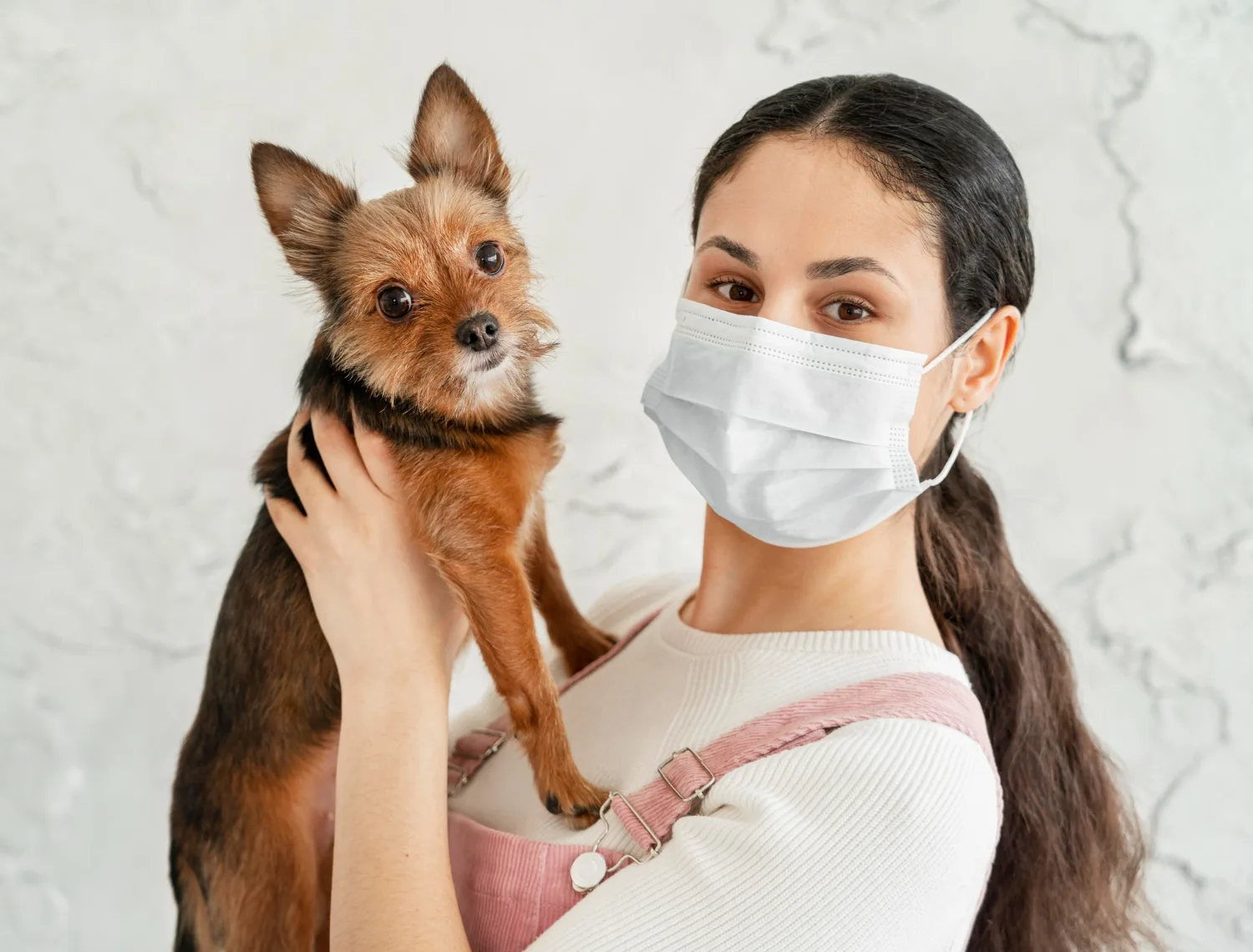Every year, from November 18 to 24, the global community discusses the important issue of combating antimicrobial resistance (AMR). This period is part of a global information campaign aimed at raising awareness and improving understanding of microbial resistance to antimicrobial agents. In 2024, AMR Week is being held under the slogan “Educate. Support. Act Now,” highlighting the importance of taking active steps in the fight against this serious threat to human and animal health.
Read more: Government launches a project to train women for professions traditionally dominated by men
Antimicrobial resistance is one of the most pressing problems in the modern world. Microorganisms resistant to antibiotics and other antimicrobial agents pose a serious threat to the health and lives of both humans and animals. Treating infections caused by such bacteria is becoming increasingly difficult, and in some cases, even impossible. As a result, we are facing new challenges in medicine, as well as in veterinary medicine, where AMR can lead to significant problems in treating animals and ensuring food safety.
Antimicrobial resistance in veterinary medicine: Causes and consequences
One of the key aspects of antimicrobial resistance is its spread among zoonotic (transmitted from animals to humans) and commensal (transmitted from animal to animal) bacteria. These bacteria not only pose a threat to animal health but also to human health, as they can be transmitted through animals that are carriers of resistant microorganisms or through animal- and plant-based food products. Therefore, it is important to understand the factors contributing to the development of AMR in veterinary medicine.
The main causes of antimicrobial resistance in veterinary medicine include:
- Incorrect prescribing of veterinary antimicrobial drugs (VADs). In some cases, veterinarians may prescribe antibiotics or other drugs unnecessarily or without considering the type of infection.
- Excessive and improper use of VADs. Antimicrobial agents are often used in excessive doses or for inappropriate durations.
- Incorrect dosing. Incorrectly calculated doses of medications can contribute to the development of resistance in microorganisms.
- Failure to follow treatment course recommendations. If an animal does not complete the full course of treatment, it may lead to partial elimination of microorganisms and contribute to their resistance.
Pathways of resistant bacteria spread
Resistant bacteria can spread between animals and humans in various ways. One of the main routes is through contact with infected animals that are carriers of resistant bacteria. There is also a risk of transmission through food products, particularly animal-derived products (meat, milk, eggs), which may be contaminated with antibiotic-resistant bacteria.
Given this, it is essential not only to prescribe and control the use of VADs correctly in veterinary practice but also to study the extent of the spread of such bacteria among animals and in food products. This allows for timely responses to the problem and the development of effective strategies to combat antimicrobial resistance.
Strategies to combat antimicrobial resistance
Since antimicrobial resistance is a global problem, addressing it requires a comprehensive approach. Here are several key steps in the fight against this threat:
- Educational campaigns — It is important to raise awareness among healthcare professionals, veterinarians, and the general public about the correct use of antibiotics and other antimicrobial agents.
- Correct prescribing of medications — Veterinarians should strictly adhere to protocols and recommendations for the use of VADs, considering the specifics of the disease and the needs of the individual animal.
- Monitoring and control — Regular monitoring of antimicrobial resistance in animals and food products allows for the timely identification of dangerous trends and the implementation of measures to limit their spread.
- Development of new antibiotics and alternative treatment methods — Scientists are actively working on creating new drugs to combat resistant bacteria and alternative treatment methods that may help reduce dependence on antibiotics.
Conclusions
Antimicrobial resistance is a serious threat to the health of both humans and animals, and combating it requires joint efforts. As part of the global information campaign, it is essential to raise awareness of this issue and develop effective strategies to minimize its consequences. Professional use of antimicrobial agents in veterinary medicine, controlling their application, and studying the spread of resistant bacteria among animals and in food products are critical to ensuring the safety of both human and animal health in the future.



